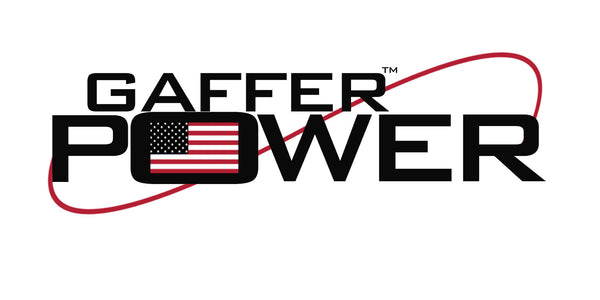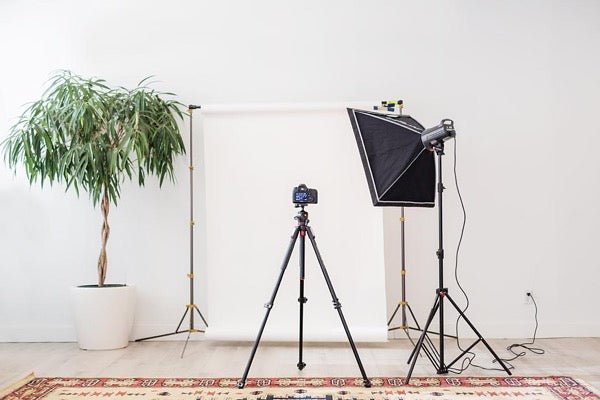Now that summer is just around the corner, the longer days lend themselves to a wider range of photographic opportunities. Whether you’re an amateur shutterbug or a storied professional, there’s a good chance you’ve either had or been told to carry a roll of gaffer tape, just in case. Gaffer tape, also known as gaff tape, is a cloth tape with a strong adhesive. While it’s used on show stages to label and secure wiring, indicate marks and position, and for repairs in a pinch, photographers can get a lot of use out of it as well.
Here are five ways you can get the most out of your roll of gaffer tape as a photographer:
-
Improvise a rim light by using gaffer tape to block the light.
If you own a softbox lighting set up, use gaffer tape to block out the middle and create a different look to your photographs. This is a quick and easy way to replicate a backlighting effect as well. This is also a great way to change the lighting of a scene when used in conjunction with a fill light.
-
Add a different dimension to your subjects’ eyes in portraits.
Published a few years ago, this effect is still as impactful now as it was then. With some poster board and gaffer tape, you can manipulate the light and shadows in the eyes of a subject. Check out Nick Fancher’s method here, and see the results -- the extra detail adds another layer to the portraits.
-
Secure and improvise for extra gear.
Gaffer tape is great in a pinch to secure filters on lenses without proper threading, cloth backdrops and props, and fixing setting buttons to make sure that your camera stays on the right mode, even if it takes a bump. You can also tape down a pop-up flash to ensure that it doesn’t go off when you don’t want it to.
Photographers can go one step forward and use gaffer tape to create makeshift tools. For example, affixing a plastic container as a makeshift snoot with gaffer tape can help stop background lens flare.
-
Protect your gear.
The adhesive is strong, but the tape itself is easy to rip and peel off, and it doesn’t leave a bit of residue behind. If you’re particular about keeping your gear clean and unscuffed, gaffer tape can help secure a protective covering on set or on your camera. If you’re doing an outdoor shoot, for instance, and you get caught in a light drizzle, a plastic sheet taped over your equipment will help it stay dry.
-
Get your uncontrollable subject do what you want for the shot.
If you’re a nature photographer, you can’t usually can’t direct wildlife like you can human subjects or inanimate objects. However, by using gaffer tape, you can narrow down what your subject does until you get your shot. For example, if you’re trying to catch some birds using your bird feeder outside your window, tape off all the feeding spots on the feeder except for one so they’re forced to use the open one. Set your camera up accordingly and shoot!
 USA SHIPPING
USA SHIPPING MONEY BACK GUARANTEE
MONEY BACK GUARANTEE 1000+ HAPPY CUSTOMERS
1000+ HAPPY CUSTOMERS


